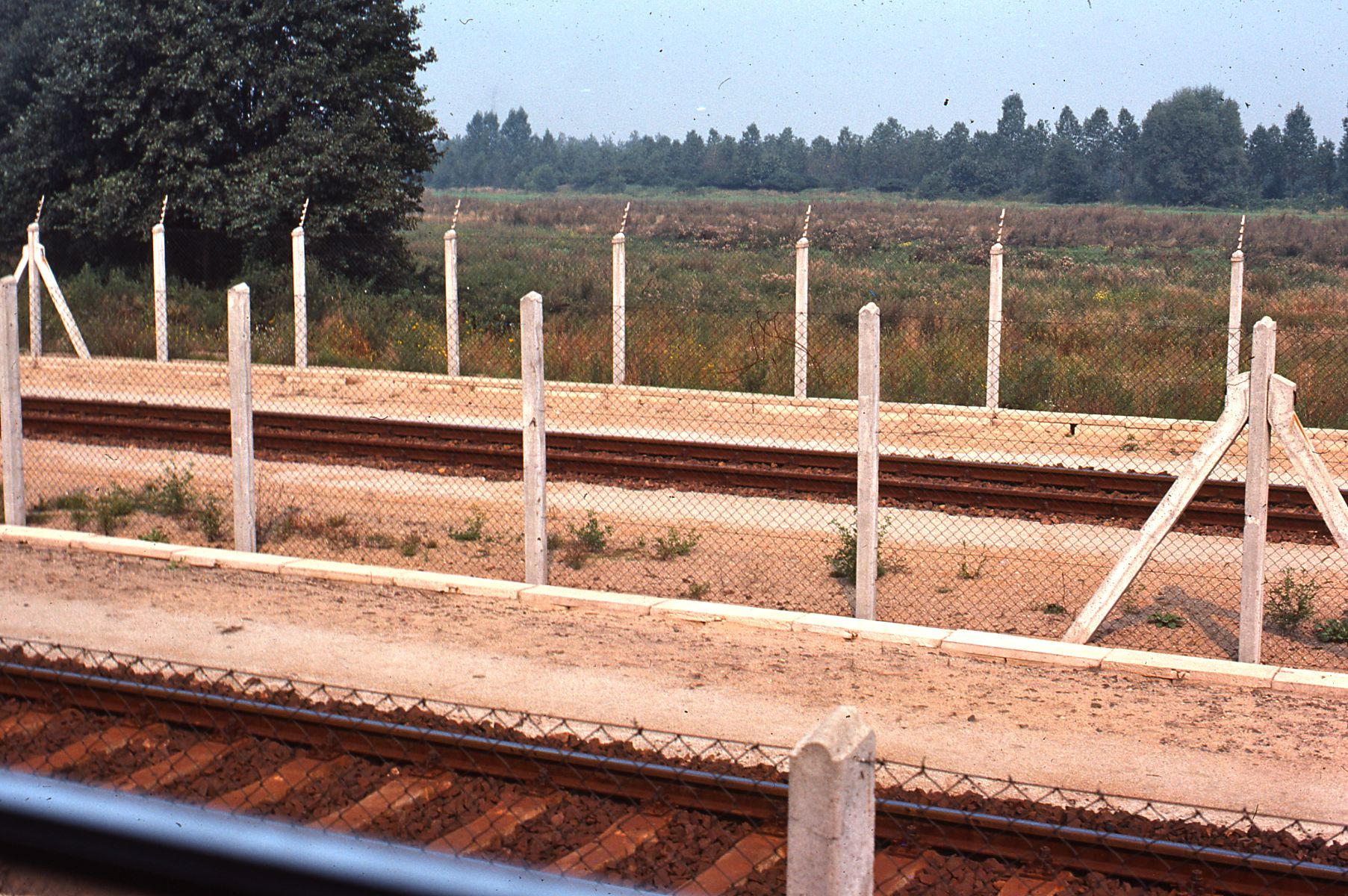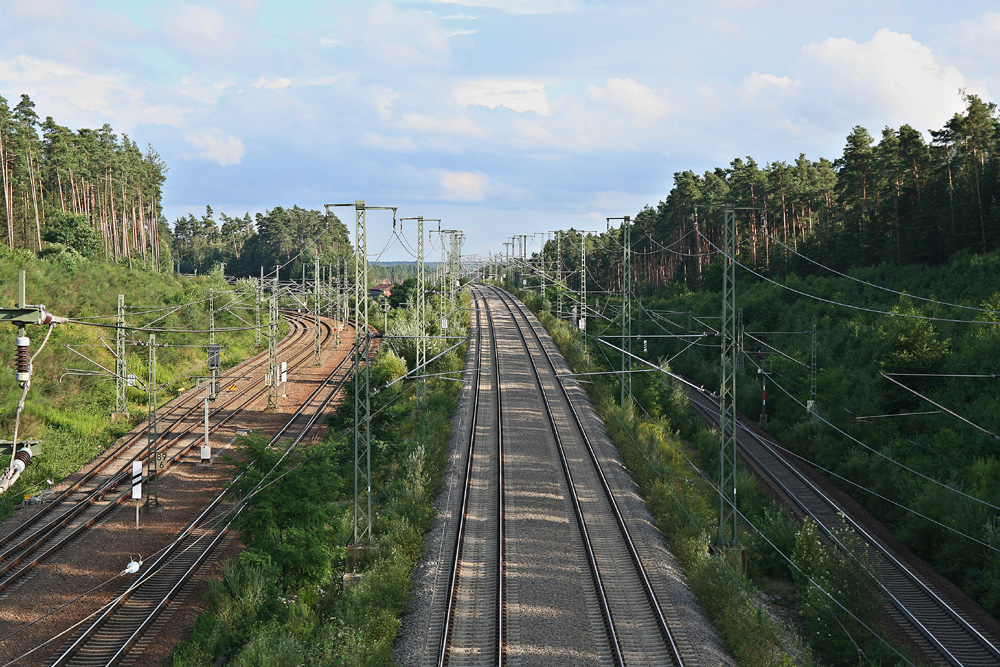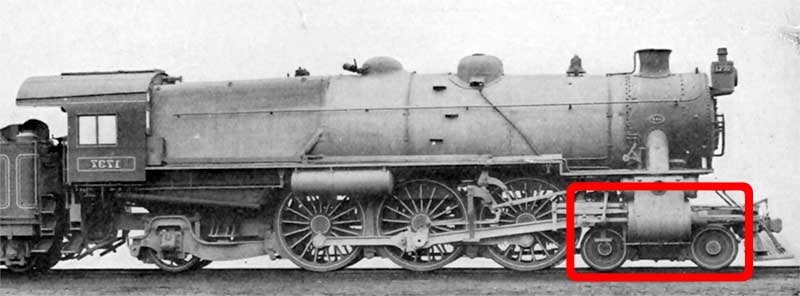|
DRB Class 50
The DRB Class 50Wartime locomotives classes are prefixed DRB (Deutsche Reichsbahn) to distinguish them from those introduced by the DRG (prefixed DRG), which became defunct in 1937, and those introduced later by the East German Deutsche Reichsbahn (prefixed DR). is a German class of 2-10-0 locomotive, built from 1939 as a standard locomotive (''Einheitsdampflokomotive'') for hauling goods trains. It had one leading axle and five coupled axles and was one of the most successful designs produced for the Deutsche Reichsbahn. This class was procured in Germany as part of the Nazi Party's preparations for war that led to the Second World War (1939-1945). As late as 1948, 3,164 Class 50 engines were built by many European locomotive factories – towards the war's end as "provisional war locomotives" ('' Übergangskriegslokomotiven'') and classified as ''50 ÜK''. At the end of the steam locomotive era, they became virtually a universal class of mixed-traffic steam engine that, thanks ... [...More Info...] [...Related Items...] OR: [Wikipedia] [Google] [Baidu] |
Henschel & Sohn
Henschel & Son () was a German company, located in Kassel, best known during the 20th century as a maker of transportation equipment, including locomotives, trucks, buses and trolleybuses, and armoured fighting vehicles and weapons. Georg Christian Carl Henschel founded the factory in 1810 at Kassel. His son Carl Anton Henschel founded another factory in 1837. In 1848, the company began manufacturing locomotives. The factory became the largest locomotive manufacturer in Germany by the 20th century. Henschel built 10 articulated steam trucks, using Doble steam car, Doble steam designs, for Deutsche Reichsbahn-Gesellschaft, Deutsche Reichsbahn railways as delivery trucks. Several cars were built as well, one of which became Hermann Göring's staff car. In 1935 Henschel was able to upgrade its various steam locomotives to a high-speed Streamliner type with a maximum speeds of up to by the addition of a removable shell over the old steam locomotive. In 1918, Henschel began the pr ... [...More Info...] [...Related Items...] OR: [Wikipedia] [Google] [Baidu] |
2-10-0
Under the Whyte notation for the classification of steam locomotives, 2-10-0 represents the wheel arrangement of two leading wheels on one axle, ten powered and coupled driving wheels on five axles, and no trailing wheels. This arrangement was often named Decapod, especially in the United States, although this name was sometimes applied to locomotives of 0-10-0 "Ten-Coupled" arrangement, particularly in the United Kingdom. Notable German locomotives of this type include the war locomotives of DRB Class 52, Class 52. These locomotives were popular in Europe, particularly in Germany and Russia; United Kingdom, British use of the type was confined to the period during and after World War II. In the United States, the 2-10-0 was not widely popular but was a favorite of a small number of railroads which operated mostly in mountainous terrain. Among these was the Erie Railroad, a major Chicago to New York trunk line railroad, and the Pennsylvania Railroad, whose heavily graded routes c ... [...More Info...] [...Related Items...] OR: [Wikipedia] [Google] [Baidu] |
Deutsche Bundesbahn
Deutsche Bundesbahn (, ) or DB () was formed as the state railway of the newly established West Germany (FRG) on 7 September 1949 as a successor of the Deutsche Reichsbahn-Gesellschaft (DRG). The DB remained the state railway of West Germany until after German reunification, when it was merged with the former East German Deutsche Reichsbahn (DR) to form Deutsche Bahn, which came into existence on 1 January 1994. Background After World War II, each of the military governments of the Allied Occupation Zones in Germany were ''de facto'' in charge of the German railways in their respective territories. On 10 October 1946, the railways in the British and American occupation zones formed the ''Deutsche Reichsbahn im Vereinigten Wirtschaftsgebiet'' (German Imperial Railway in the united economic area), while on 25 June 1947, the provinces under French occupation formed the Südwestdeutsche Eisenbahn. With the formation of the FRG these successor organisations of the DRG were ... [...More Info...] [...Related Items...] OR: [Wikipedia] [Google] [Baidu] |
Track Bed
The track bed or trackbed is the groundwork onto which a railway track is laid. Trackbeds of disused railways are sometimes used for recreational paths or new light rail links. Background According to Network Rail Network Rail Limited is the owner (via its subsidiary Network Rail Infrastructure Limited, which was known as Railtrack plc before 2002) and railway infrastructure manager, infrastructure manager of most of the railway network in Great Britain. ..., the trackbed is the layers of Track ballast, ballast and sub-ballast above a prepared subgrade/formation (see diagram). It is designed primarily to reduce the stress on the subgrade. Other definitions include the surface of the ballast on which the track is laid,, p. 386. the area left after a track has been dismantled and the ballast removed or the track formation beneath the ballast and above the natural ground. The trackbed can significantly influence the performance of the track, especially ride quality of passeng ... [...More Info...] [...Related Items...] OR: [Wikipedia] [Google] [Baidu] |
Branch Lines
A branch line is a secondary railway line which branches off a more important through route, usually a main line. A very short branch line may be called a spur line. Branch lines may serve one or more industries, or a city or town not located on a main line. Branch lines may also connect two or more main lines. Industrial spur An industrial spur is a type of secondary track used by railroads to allow customers at a location to load and unload railcars without interfering with other railroad operations. Industrial spurs can vary greatly in length and railcar capacity depending on the requirements of the customer the spur is serving. In heavily industrialized areas, it is not uncommon for one industrial spur to have multiple sidings to several different customers. Typically, spurs are serviced by local trains responsible for collecting small numbers of railcars and delivering them to a larger yard, where these railcars are sorted and dispatched in larger trains with othe ... [...More Info...] [...Related Items...] OR: [Wikipedia] [Google] [Baidu] |
Axle Load
The axle load of a wheeled vehicle is the total weight bearing on the roadway for all wheels connected to a given axle. Axle load is an important design consideration in the engineering of roadways and railways, as both are designed to tolerate a maximum weight-per-axle (axle load); exceeding the maximum rated axle load will cause damage to the roadway or railway tracks. Railway use On railways, a given section of tracks is designed to support a maximum axle load. The maximum axle load is determined by train speeds, weight of rails, density of sleepers and fixtures, amount and standard of ballast, and strength of bridges and earthworks. Higher operating speeds can be achieved by reducing axle loads and increased load-carrying capacity. Operating above the specified load can cause catastrophic failure of track components. The diameter of the wheels also affects the maximum axle load of a Talgo RD wagon. United Kingdom The standard rail weight for British railways is now . Befo ... [...More Info...] [...Related Items...] OR: [Wikipedia] [Google] [Baidu] |
Übergangskriegslokomotive
The Übergangskriegslokomotiven (literally: provisional war locomotives) were austere versions of standard locomotives ('' Einheitslokomotiven'') built by Germany during the Second World War in order to accelerate their production. They are often just called 'ÜK' locomotives. In the Second World War the requirement for motive power, especially goods train locomotives, rose sharply. To cope with the demand the standard locomotive classes 44, 50 and 86 were built, after 1941, to a simpler, more austere design and given the designation (ÜK) after the class number. Characteristic of ÜK locomotives are e.g. disc wheels on the carrying axles and the omission of the front side windows in the driver's cabs. Even preheaters, feed pumps, ''Frontschürzen'', smoke deflectors and other equipment not essential for the operation of the locomotives were sometimes left out. The ÜK classes proved however to be just an interim step. As early as 1941 the requirement for a further, more radi ... [...More Info...] [...Related Items...] OR: [Wikipedia] [Google] [Baidu] |
Second World War
World War II or the Second World War (1 September 1939 – 2 September 1945) was a World war, global conflict between two coalitions: the Allies of World War II, Allies and the Axis powers. World War II by country, Nearly all of the world's countries participated, with many nations mobilising all resources in pursuit of total war. Tanks in World War II, Tanks and Air warfare of World War II, aircraft played major roles, enabling the strategic bombing of cities and delivery of the Atomic bombings of Hiroshima and Nagasaki, first and only nuclear weapons ever used in war. World War II is the List of wars by death toll, deadliest conflict in history, causing World War II casualties, the death of 70 to 85 million people, more than half of whom were civilians. Millions died in genocides, including the Holocaust, and by massacres, starvation, and disease. After the Allied victory, Allied-occupied Germany, Germany, Allied-occupied Austria, Austria, Occupation of Japan, Japan, a ... [...More Info...] [...Related Items...] OR: [Wikipedia] [Google] [Baidu] |
Nazi Party
The Nazi Party, officially the National Socialist German Workers' Party ( or NSDAP), was a far-right politics, far-right political party in Germany active between 1920 and 1945 that created and supported the ideology of Nazism. Its precursor, the German Workers' Party (; DAP), existed from 1919 to 1920. The Nazi Party emerged from the Extremism, extremist German nationalism, German nationalist ("Völkisch nationalism, ''Völkisch'' nationalist"), racism, racist, and populism, populist paramilitary culture, which fought against communism, communist uprisings in post–World War I Germany. The party was created to draw workers away from communism and into nationalism. Initially, Nazi political strategy focused on anti-big business, anti-bourgeoisie, and anti-capitalism, disingenuously using socialist rhetoric to gain the support of the lower middle class; it was later downplayed to gain the support of business leaders. By the 1930s, the party's main focus shifted to Antisemit ... [...More Info...] [...Related Items...] OR: [Wikipedia] [Google] [Baidu] |
Deutsche Reichsbahn
The ''Deutsche Reichsbahn'' (), also known as the German National Railway, the German State Railway, German Reich Railway, and the German Imperial Railway, was the Weimar Republic, German national Rail transport, railway system created after the end of World War I from the regional railways of the individual states of the German Empire. The ''Deutsche Reichsbahn'' has been described as "the largest enterprise in the capitalist world in the years between 1920 and 1932"; nevertheless, its importance "arises primarily from the fact that the Reichsbahn was at the center of events in a period of great turmoil in German history". Overview The company was founded on 1 April 1920 as the ("German Imperial Railways") when the Weimar Republic, which still used the nation-state term of the previous monarchy, (German Reich, hence the usage of the in the name of the railway; the monarchical term was ), took national control of the German railways, which had previously been run by the Ger ... [...More Info...] [...Related Items...] OR: [Wikipedia] [Google] [Baidu] |
Coupled Axles
On a steam locomotive, a driving wheel is a powered wheel which is driven by the locomotive's pistons (or turbine, in the case of a steam turbine locomotive). On a conventional, non-articulated locomotive, the driving wheels are all coupled together with side rods (also known as coupling rods); normally one pair is directly driven by the main rod (or connecting rod) which is connected to the end of the piston rod; power is transmitted to the others through the side rods. On diesel and electric locomotives, the driving wheels may be directly driven by the traction motors. Coupling rods are not usually used, and it is quite common for each axle to have its own motor. Jackshaft drive and coupling rods were used in the past (e.g. in the Swiss Crocodile locomotive) but their use is now confined to shunter locomotives. On an articulated locomotive or a duplex locomotive, driving wheels are grouped into sets with wheels within each set linked together. Diameter Driving whee ... [...More Info...] [...Related Items...] OR: [Wikipedia] [Google] [Baidu] |
Leading Axle
The leading wheel or leading axle or pilot wheel of a steam locomotive is an unpowered wheel or axle located in front of the driving wheels. The axle or axles of the leading wheels are normally located on a leading truck. Leading wheels are used to help the locomotive negotiate curves and to support the front portion of the boiler. Overview Many leading bogies do not have simple rotational motion about a vertical pivot. Bogies with a sliding motion controlled by springs was patented by William Adams in 1865. Other designs used swing links to take the weight of the bogie with a centering action. The first use of leading wheels is commonly attributed to John B. Jervis, who employed them in his 1832 design for a locomotive with four leading wheels and two driving wheels (a type that became known as the ''Jervis''). In the Whyte system of describing locomotive wheel arrangements, his locomotive would be classified as a 4-2-0, that is to say, it had four leading wheels, two dri ... [...More Info...] [...Related Items...] OR: [Wikipedia] [Google] [Baidu] |






